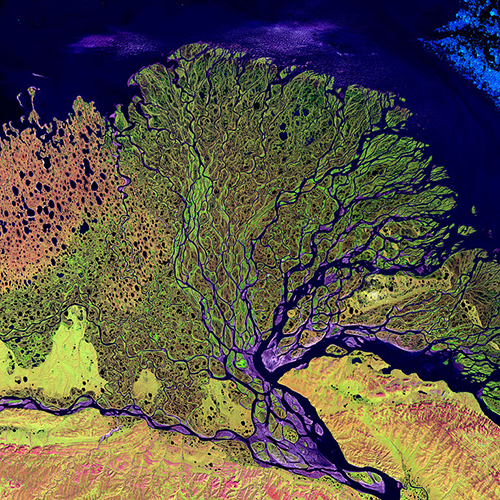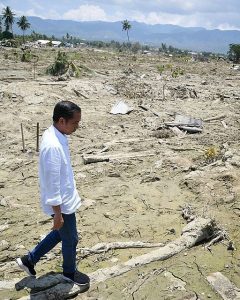
By Jim Brace-Thompson
River Run
The rivers coursing over the face of our planet Earth have long been known to be important interfaces for chemical exchanges between such physical spaces as the land and atmosphere and the living biosphere. But recent measurements using Landsat satellite imagery have shown their importance has been underestimated and under-appreciated.
Per a study published in the August 10 issue of the journal Science, the total surface area of rivers and streams is a third larger than had been thought. This upward revision is significant given the important role water systems play in everything from the environment to the economy, politics, war and peace, and more.
Get the scoop about the latest rock, gem, and mineral features and news, rock shop and rockhound profiles, and exclusive freebies and promotions in your inbox. >>>
A New Geological Age—Or Not?
In an earlier article, I reported that a new geological age had been established by the International Commission on Stratigraphy (ICS), namely, the Meghalayan age of the Holocene Epoch, stretching 4,200 years ago to the present and marked in the geological record via oxygen isotopes in a stalagmite in India that correlated to a worldwide drought. Well, not so fast!
The ICS’s proclamation has ignited a firestorm among earth scientists. Some who have studied climate records in stalagmites, lake sediments, and ice cores dispute the notion of a significant worldwide drought 4,200 years ago. Others think political instability, not drought, led to the collapse of certain world cultures around that time. Even the research team that originally found and analyzed that stalagmite in India were a bit surprised by the ICS, noting that the rock record they found apparently wasn’t as clear-cut as the ICS would seem to indicate. Will the Meghalayan stand as a new age in Earth history?
Check back in 10 years. Per ICS rules, that’s how long a new age remains “official” until further research may cause them to walk it back.
One Month after Lombok, More Tectonic Disasters Strike

(Photo image courtesy presidential staff of Indonesia, via Wikimedia Commons)
It is proving to be another tough, sad year for Indonesia. The island of Sulawesi was hit by a magnitude 6.1 earthquake on September 28, and before any full response could be mounted, yet another, much more massive 7.5 quake struck. This one generated a tsunami that hit the coast with 10- to 20-foot waves.
In the immediate aftermath, it was reported nearly 400 people had perished in the city of Palu alone, where a large beach festival was underway. That number quickly doubled to 832, and it is feared rescuers will find the death toll to be much, much higher as they fan out and as they establish communications with the fishing village of Donggala, which may have been hit even harder due to closer proximity to the epicenter.
Said Jan Gelfand of the Red Cross/Red Crescent, “This is already a tragedy, but it could get much worse.”
Palu was particularly hard hit because it hugs a narrow bay that concentrated the ocean waves generated by the second big quake that also destroyed buildings and that has left thousands of survivors camping outdoors in fear of more buildings toppling due to relentless aftershocks, one of which measured magnitude 6.7. Families are still seeking loved ones ripped from their hands by the onrushing waters, and cries for help from beneath the rubble are growing ominously silent.
Author: Jim Brace-Thompson
 Founder and overseer of the AFMS Badge Program for kids.
Founder and overseer of the AFMS Badge Program for kids.
He’s also an inductee of the National Rockhound & Lapidary Hall of Fame within the Education Category.















